Keeping Track of FDA Requirements for Medical Products
The FDA is a complex organization with a wide range of responsibilities in human and animal health and safety. Even when you know which office or center is responsible for a topic, the range of instructions available on that topic can be confusing. Which set of documents contain the requirements we must follow? To clarify this, here are some basic definitions:
Regulations – A regulation is a general statement issued by an agency, board, or commission that has the force and effect of law. Regulations are the legal requirements that must be followed when developing or manufacturing a new drug or medical device. Some of these are authorized through legislation such as the FD&C Act (the legislation that founded the agency and, with subsequent amendments, continues to be the basis for US regulations) and related laws; others are created through the Federal rulemaking process (read more about this process here). The FDA uses the Notice and Comment rulemaking process most frequently, during which the proposed rule is published in the Federal Register along with a notice requesting comments from the public. Anyone can submit comments to the docket for the proposed rule, and these comments are incorporated by the agency in their final decision on the rule. If a final rule is prepared, it may be reviewed by other parts of the government for impact before publication as a final rule (again in the Federal Register). Final rules are also published in the Code of Federal Regulations (CFRs). Different parts of the CFRs apply to different stages of the process. For example, 21 CFR Part 11 applies to the creation and maintenance of electronic records and the use of electronic signatures, while 21 CFR Part 820 applies to the Quality Systems for CGMP manufacturing.
Guidance – Guidance represent the agency’s thinking on particular topics in the regulations and procedures, but they are not legal requirements. Individual guidance may be issued to clarify rules and regulations on a topic, answer questions, or provide specifics on how the FDA will implement global harmonized approaches (such as ICH guidelines). Agency personnel use guidance documents extensively in their facility and product review and inspection, so it’s important to be aware of the current guidance on a topic and to assess your procedures for any gaps. Guidance start as draft and evolve based on public and industry comment until issued in a final version, and both draft and final guidance are announced in the Federal Register. You can find the guidance currently available by using this web search tool.
Standards – Standards provide a clear set of expectations for common processes across a category or industry, and they allow for global consensus and application. They include the compendia (curated libraries of validated test methods and procedures for component/excipient and well-known registered product testing; USP is the compendium most frequently cited, but there are British, European, and Japanese versions, too), the previously mentioned ICH guidelines, and ISO standards (for example ISO 9001 for quality management systems and 17025 for testing laboratories). By meeting these standards, companies demonstrate they operate competently and can produce reliable results or products.
Procedures – Procedures are the Office- or Center-specific instructions by which FDA personnel administer the regulations applicable to their area. For example, CDER has a Manual of Policies and Procedures (MAPP), while the Office of Criminal Investigations has the Regulatory Procedures Manual. These procedures are regularly updated to align with guidance. A special set of procedures called the Inspection Guides are particularly helpful if you are trying to meet cGMP requirements. These guides give you clues about what the official inspectors will be focused on during your inspection.
If you are wondering how to proceed, I can work with you to find the related documents, perform a gap assessment for your process and procedures, and map out strategy and tactics to reach your desired end state. Contact me using the information above to discuss your specific situation.
Text Copyright © 2018 Katrina Rogers
